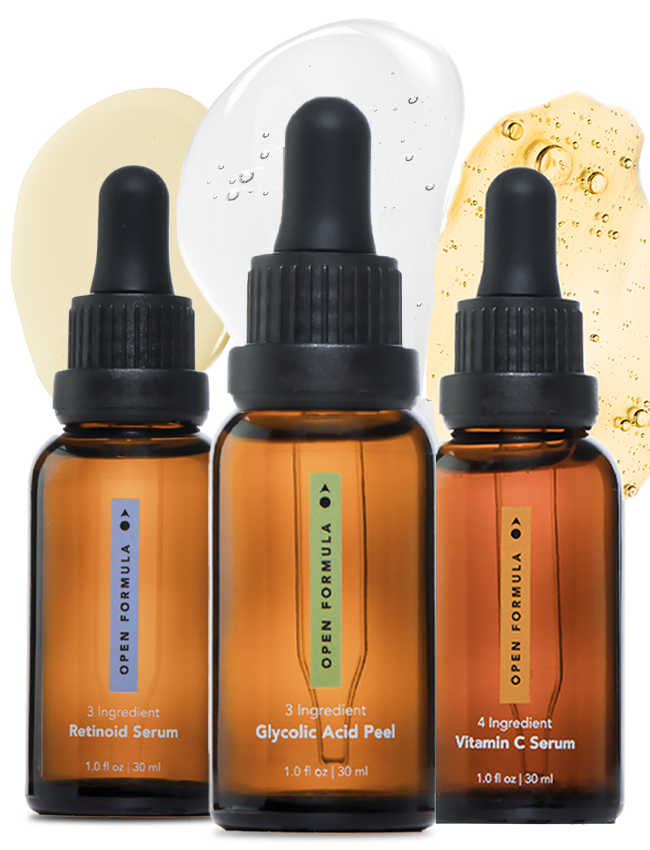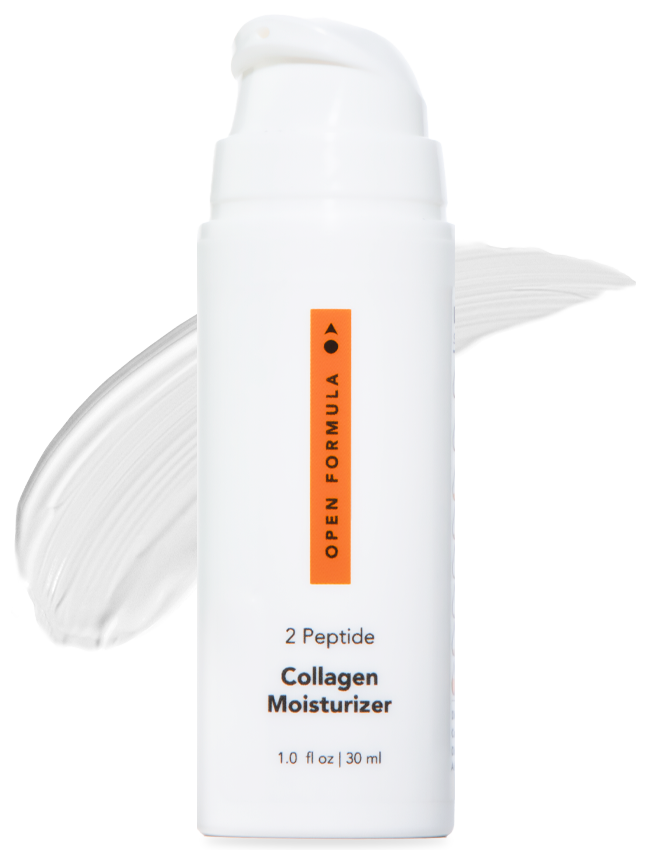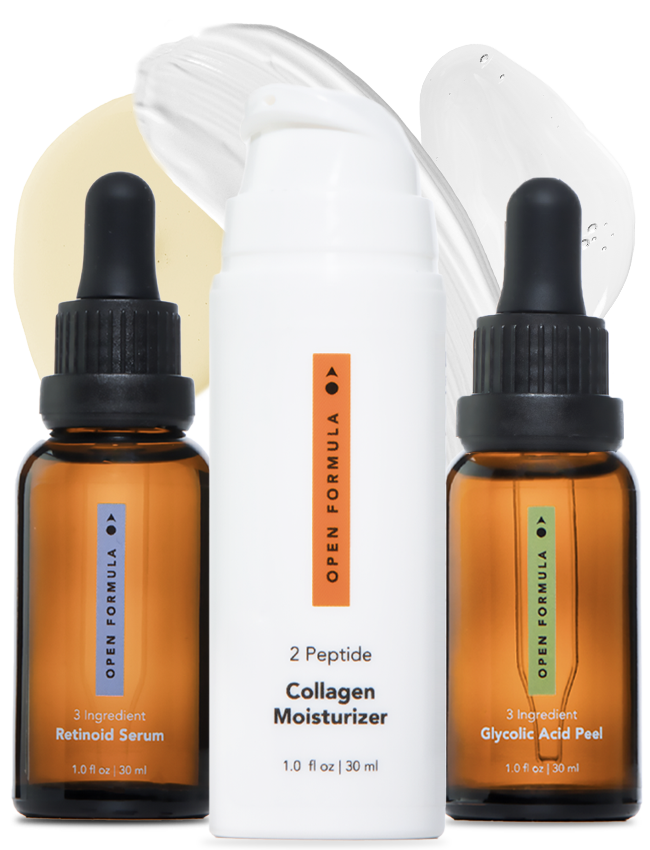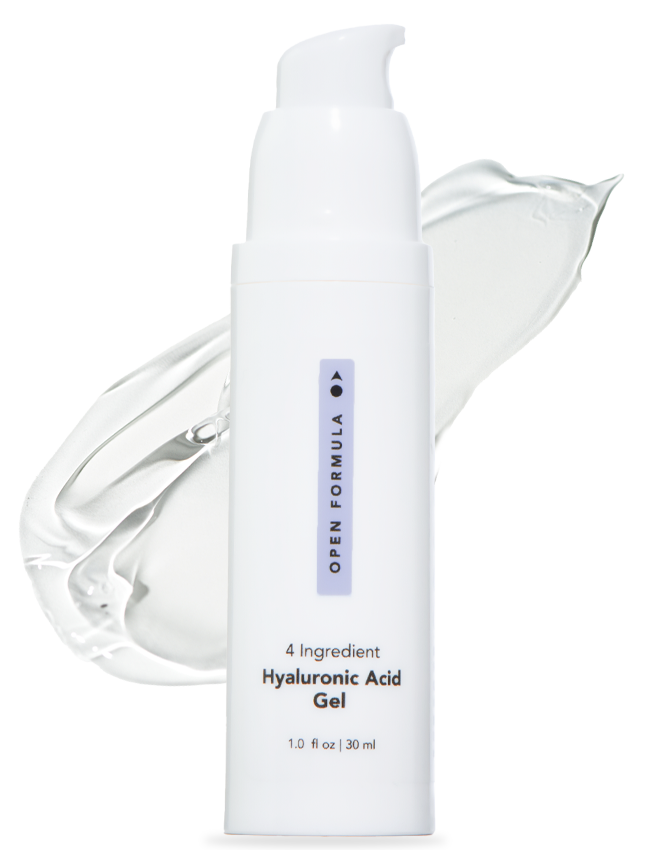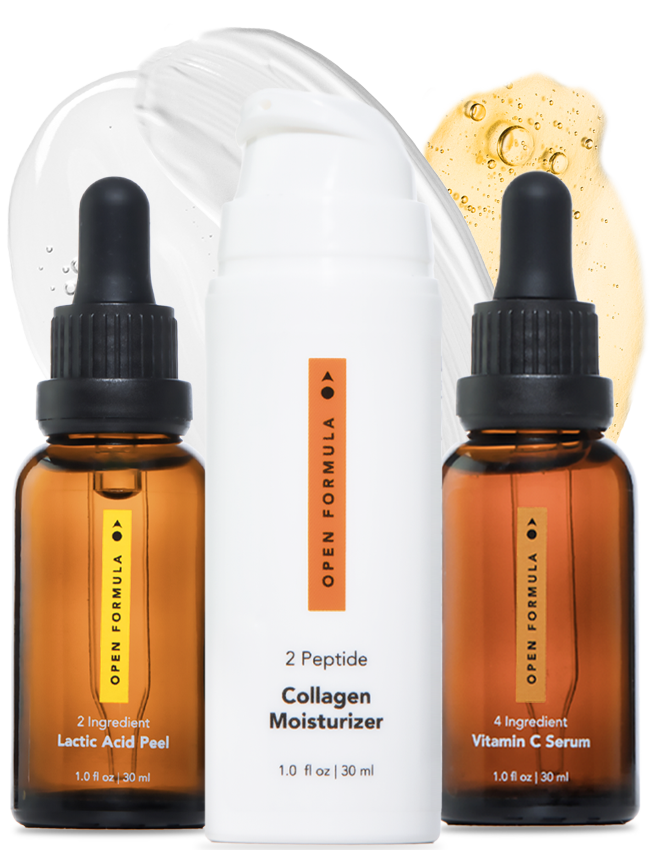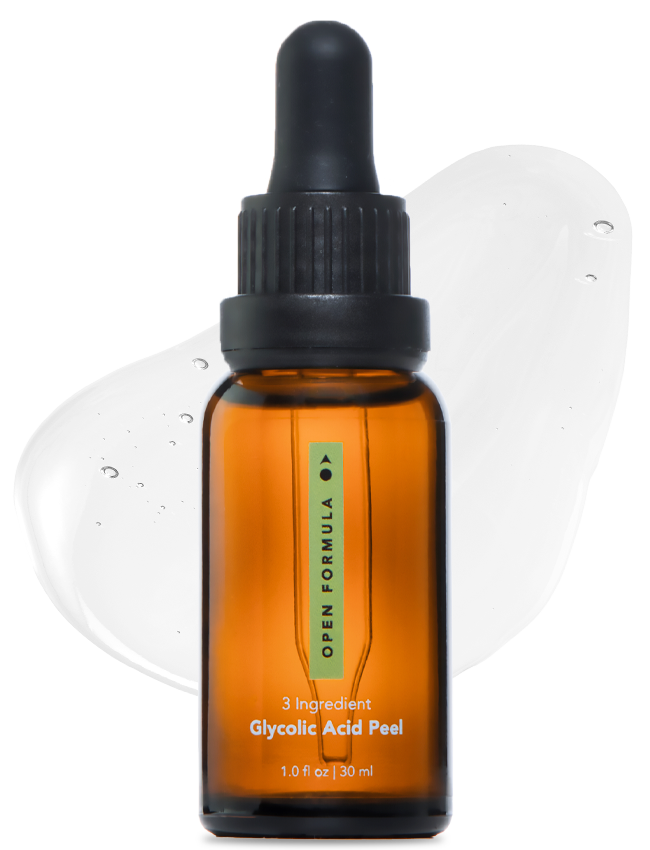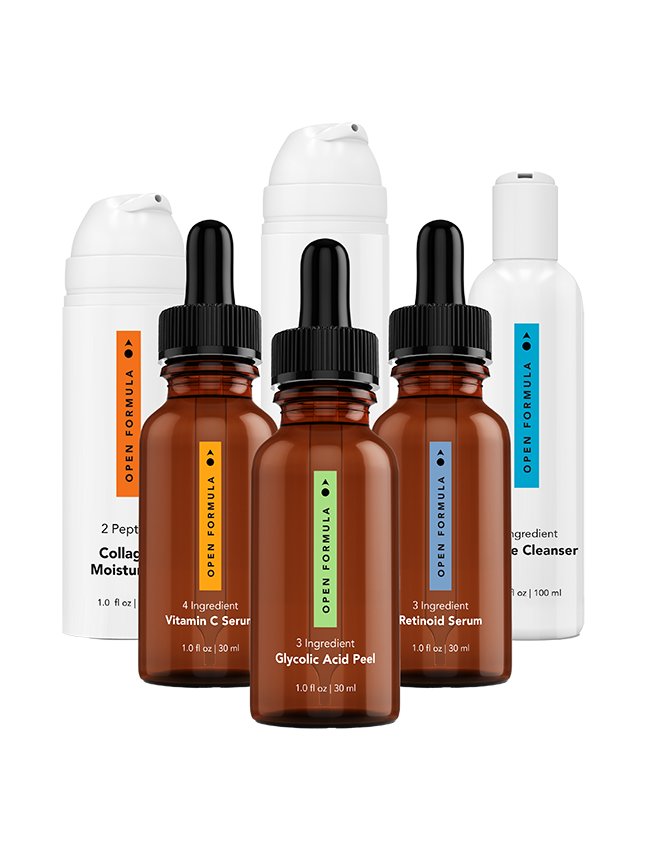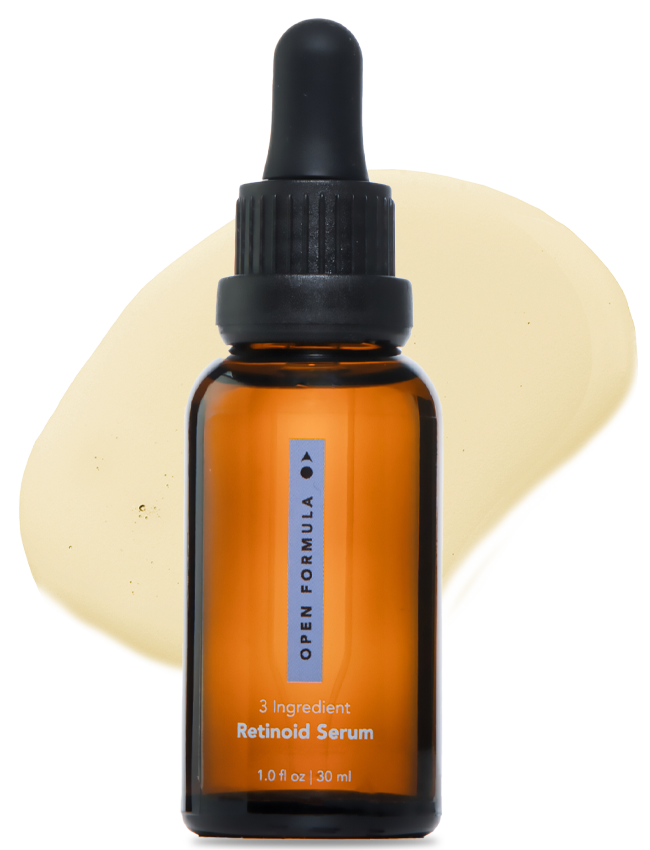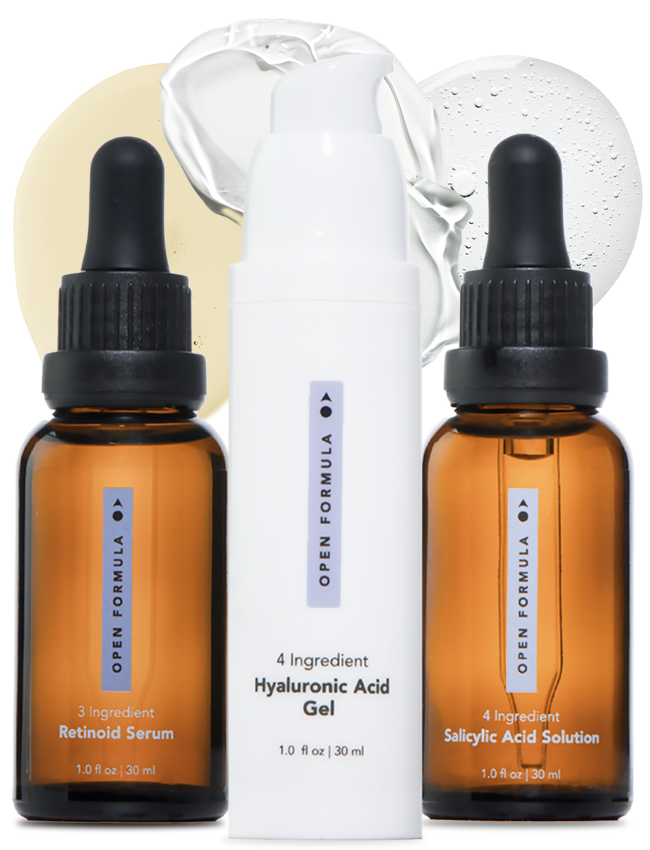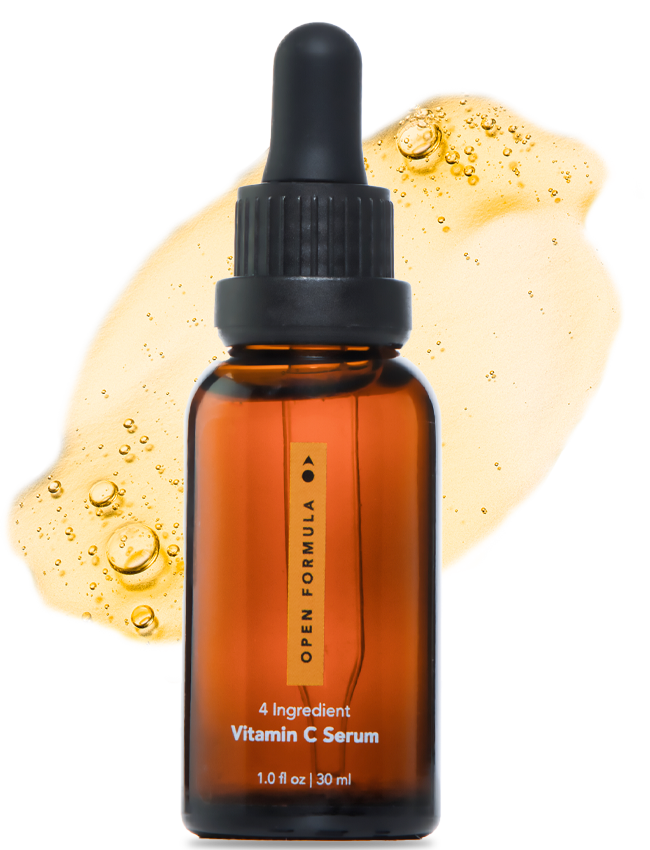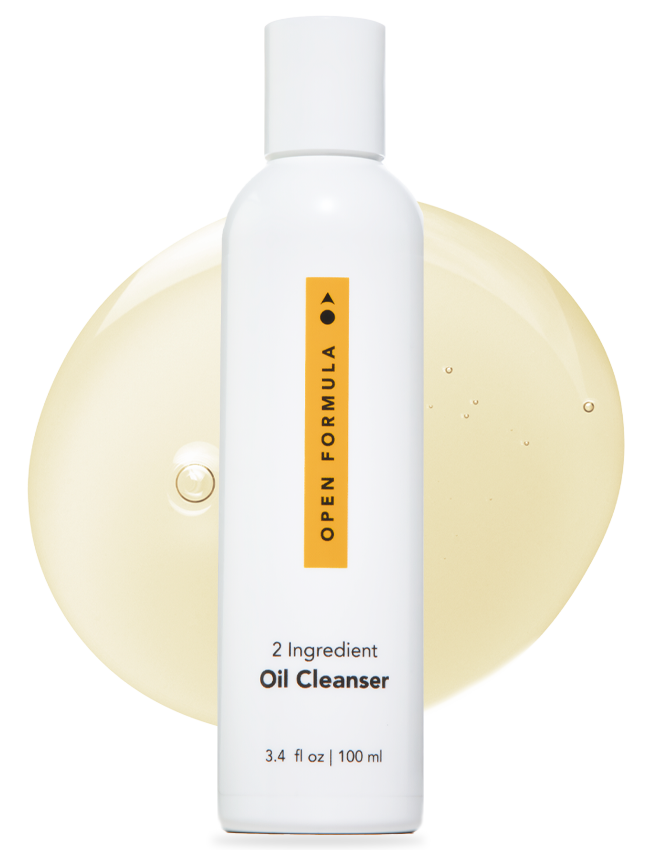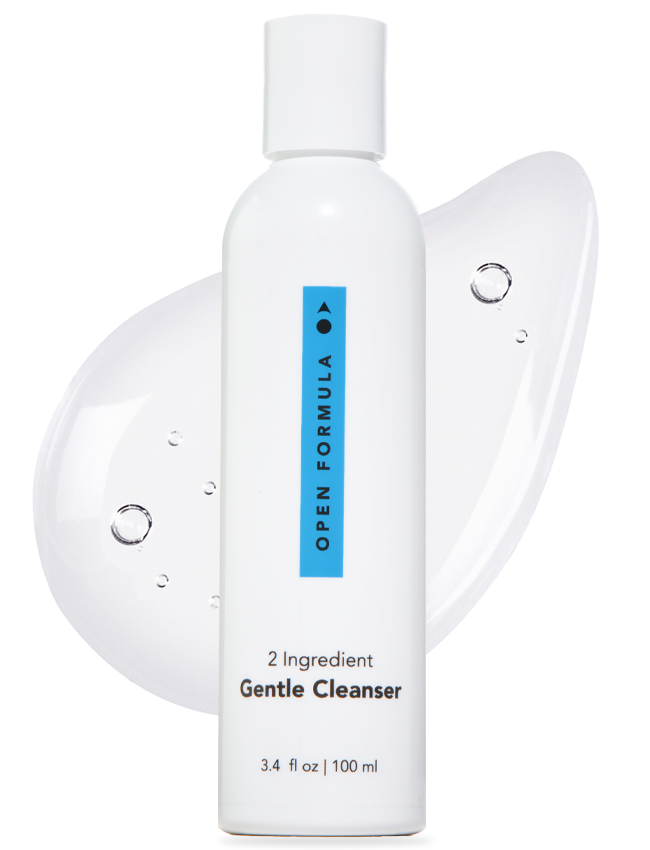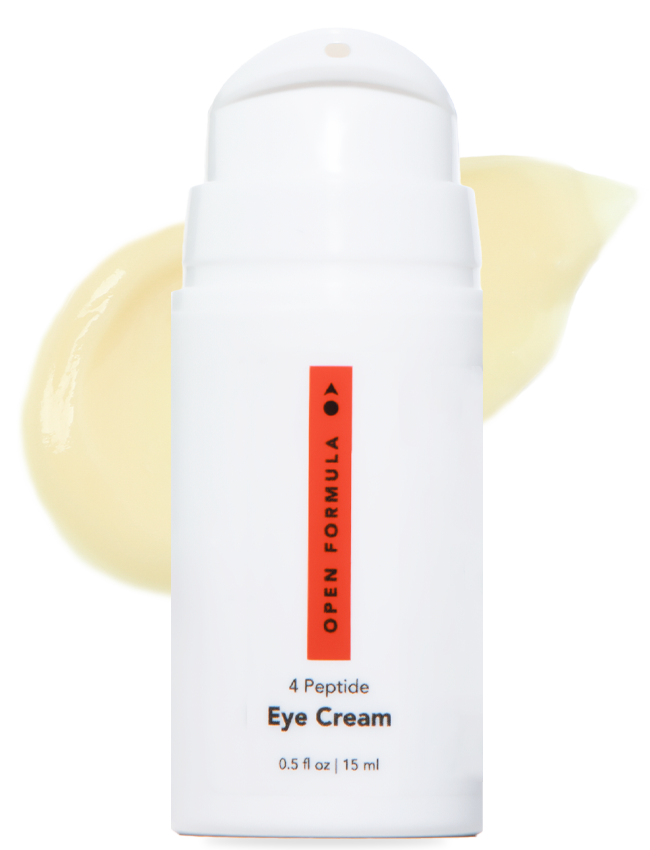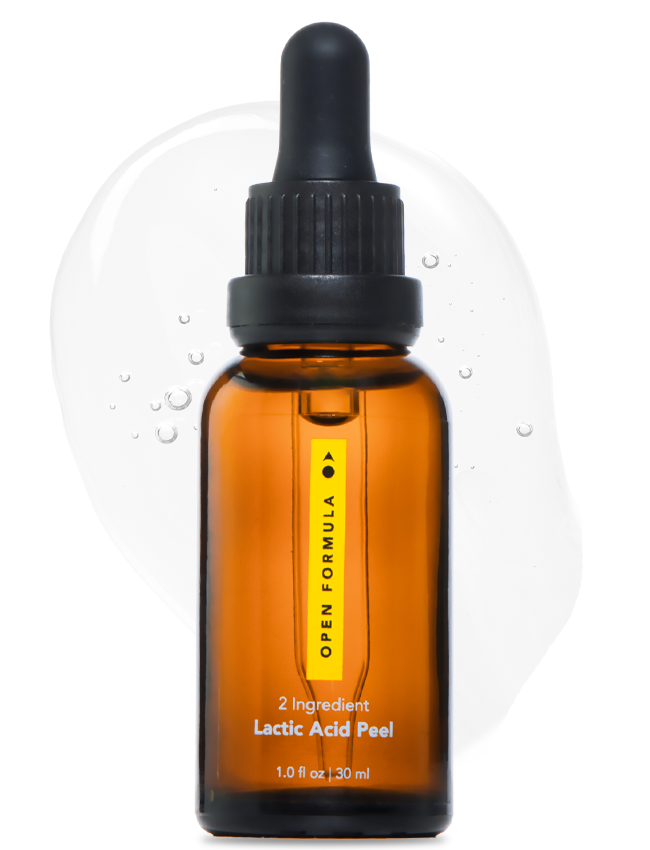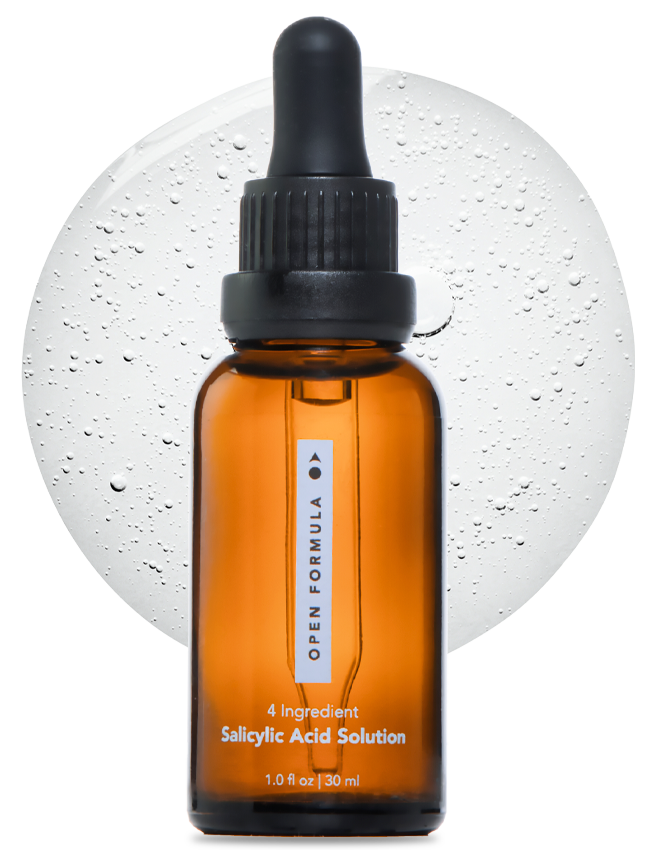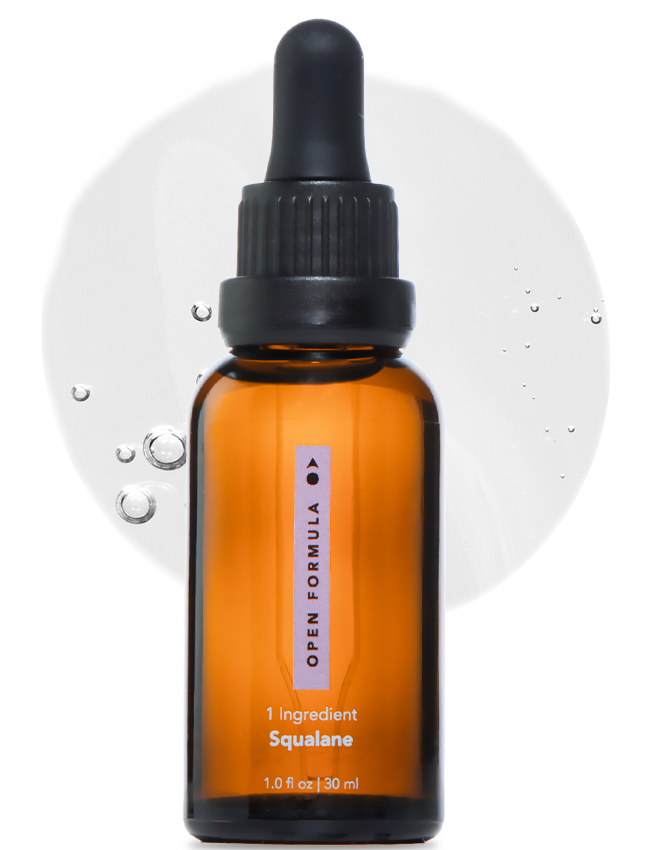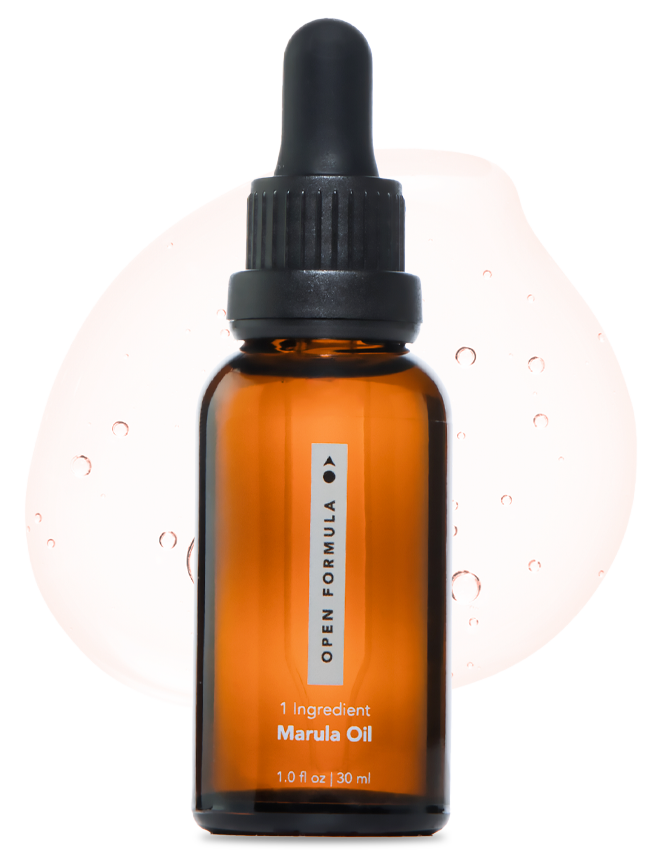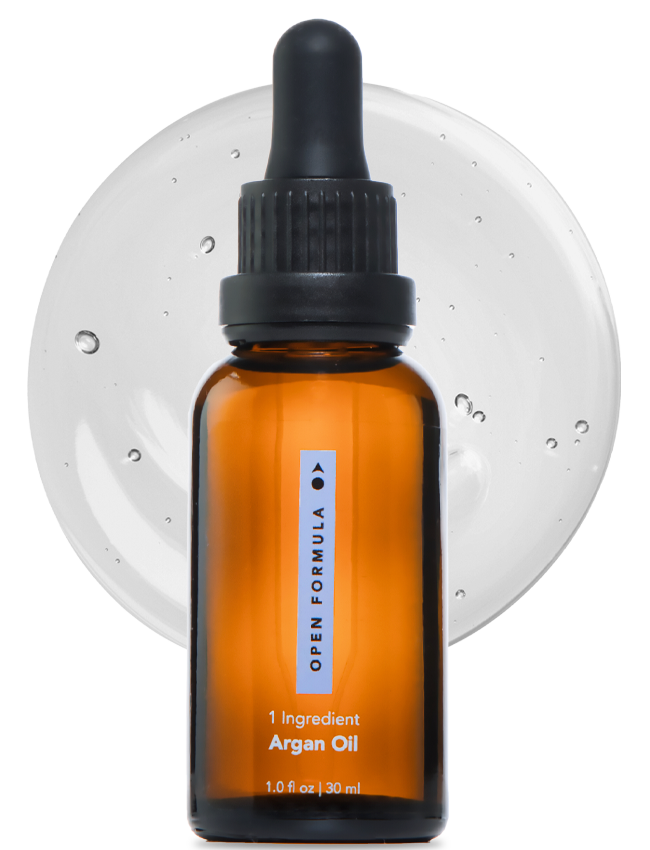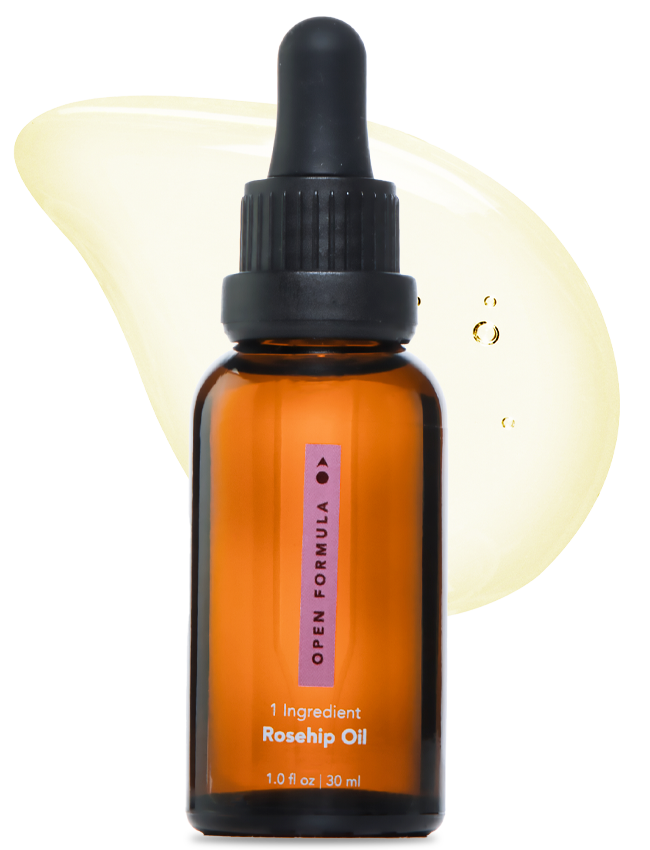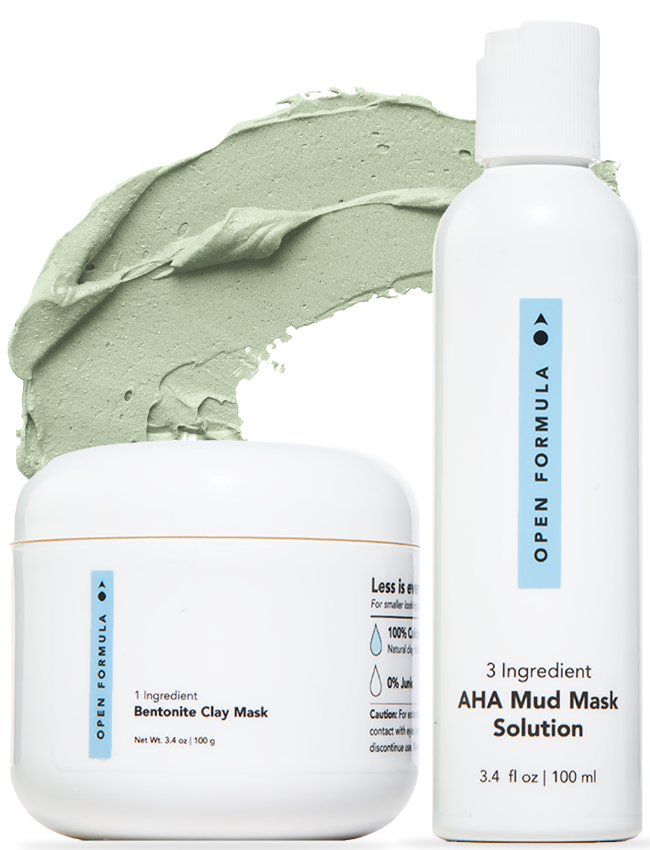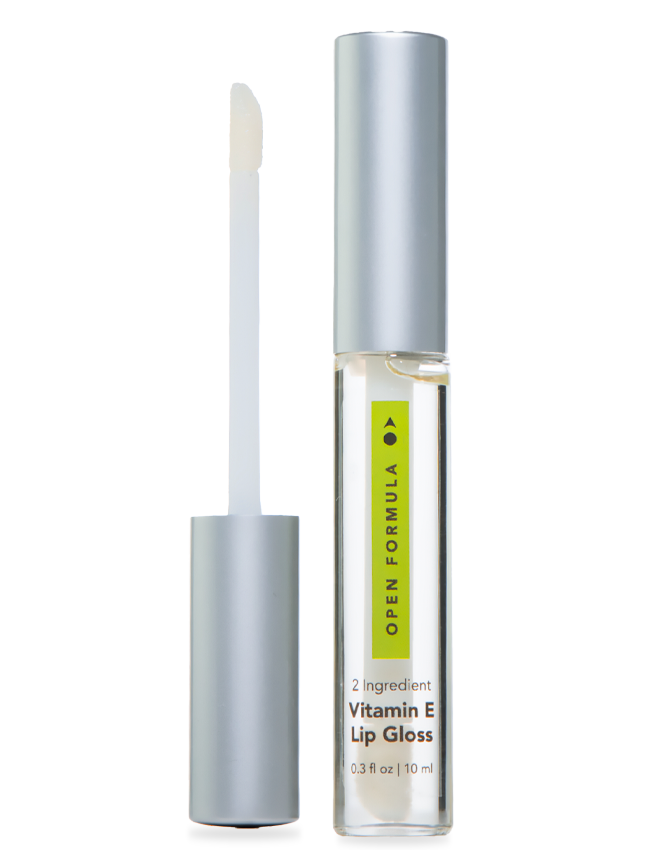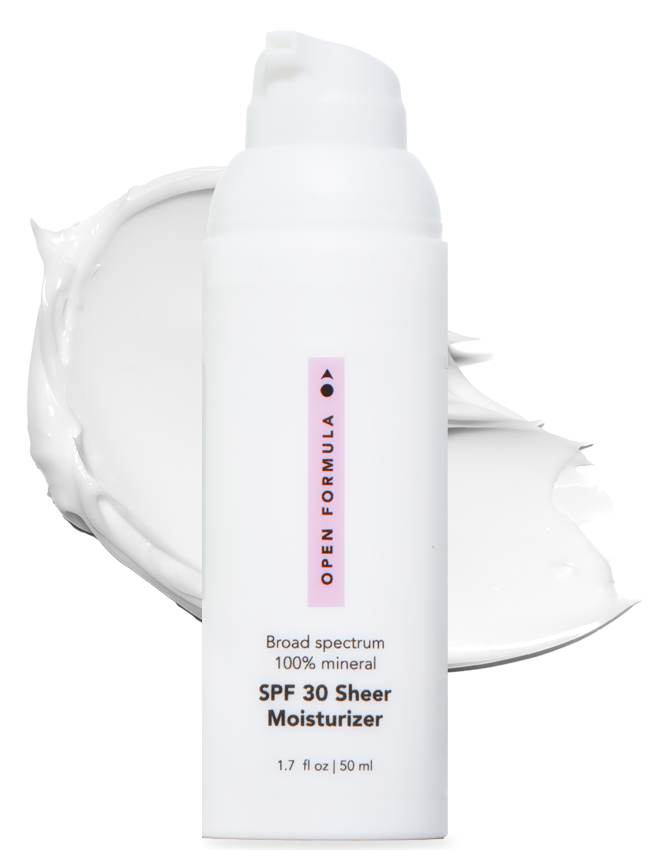With over 25,000 skincare brands in the world, each producing a host of skincare products for every skin type, how do you really know what is the right skincare routine to use for your unique type of skin?
Choose the wrong skincare routine and you could run the risk of using chemicals that are not just bad for your skin, but could accelerate your aging! That’s why it’s critically important to know your skin type, understand the options for your skin care routine, and craft a personal skincare regime that will properly prep, preserve, and protect your skin.
In this article, we’ll dive deep into the four types of skin to help you identify your skin type and the must-have products to use for any winning skincare routine.
The 4 Types of Skin – Which Type Am I?

Our skin is the largest organ of the human body, yet despite the fact that we all have skin – our skin type is ultimately unique to us. There are four different skin types: normal, dry, oily, and combination, each with their own important identifiable characteristics. And, each with their own recommended skin care routine to help provide the skin with the right level of nutrients to protect and enhance natural beauty.
Here’s how to determine your skin type:
Normal Skin
This isn’t to say that if you are another skin type that you are not “normal”. However, what is considered to be the normal skin type is often characterized as skin that has a natural glow and does not overproduce oil (as in the oily skin type), or leave the skin feeling cracked or flaky (as is the case with the dry skin type).
If your skin is normal, it’s likely that you never notice a ‘tight’ feeling or greasiness. You may also find that most skincare products rarely make your skin sting or breakout, and your skin also hardly flakes or feels irritated, even when you switch skincare routines.
Signs that you have normal skin:
- Even after using a cleanser to wash your face, it still feels oily
- Your pores are visible, particularly on your cheeks and nose
- Using a tissue, when you wipe your face, the tissue appears to have oil on it
Dry Skin
Unlike oily skin, when you have a dry skin type, your body may not produce enough oil to keep your skin feeling nourished and healthy. Not only does this present problems that could accelerate aging and skin damage, but having dry skin can introduce a host of long-term challenges for keeping your skin looking its best.
Dry skin can feel really uncomfortable and also looks dull due to the lack of moisture. You may notice when you apply moisturizer that your skin absorbs it quickly, but your skin still feels tight and stretched. It’s not uncommon for those with a dry skin type to experience frequent irritation or have noticeably red patches appear.
Signs that you have dry skin:
- Your skin may have visible flakes at times
- After using a cleanser, your face feels tight
- Your skin doesn’t have a radiant glow and may look dull
Combination Skin
Last, but not least, is the combination skin type. People who have combination skin may notice that parts of their face feel oily, especially in the T-zone, a region running from the forehead down to the nose and chin. However, combination skin types also experience either dryness or “normal” skin on all other areas on their face. For example, you may notice that you frequently have acne or breakouts on or around your nose, but may have tight or easily irritated skin on your cheeks.
Signs that you have combination skin:
- You only have the classic oily shine on certain parts of your face
- The sides of your face are typically much drier
- You find that skincare products either dry out your skin or leave it feeling too oily
The Importance of Knowing Your Skin Type

Despite there being four skin types, everyone’s skin still is uniquely different. A skincare routine that may work well for an oily skin type, may not produce the same level of results for someone with dry skin. Knowing your skin type is the first and most important part of creating a skincare routine that will properly prep, preserve, and protect your skin.
In fact, studies have found that over 60% of people are unsure what products to use for their skin type. That means that a large portion of the population (maybe even you included) could be using the wrong skincare products to truly keep your skin looking and feeling its best.
So, to help you out – we highly recommend taking a simple skin type identifier quiz so you’re clear on your skin type. From there, you’ll have the right information to know what types of skincare products to look for and use to properly clean and nourish your skin.
How to Determine Your Skin Type

It’s important to know that your skin type could change over time. Certain factors such as genetics and hormones can affect your skin type and may cause it to change, even albeit temporarily. Events like pregnancy, menstruation, breast feeding, and menopause can all impact a woman’s skin type and can have her experience times when her skin may be oiler or drier than normal.
That’s why it is essential that you pay close attention to changes, even subtle ones, that you may notice about your skin. If you see new skin issues arise like breakouts or redness, it could signal that it’s time to find a new skincare routine that better fits your skin as it changes.
Skincare Products for All Skin Types

When it comes to knowing the best skincare products to use for your skin type, there are a few that work well, no matter what type of skin you have. They are:
Daily gentle cleanser. Using a gentle cleanser helps to dissolve and remove excess oil, dead skin, dirt, and makeup from your face, preventing breakouts and blackheads from forming. This is the perfect cleanser for all skin types as it does not contain any harsh chemicals that may strip your skin or cause irritation. Made by Open Formula, this gentle cleanser uses just two ingredients: vegetable glycerin and a mild foaming ingredient often found in infant shampoo. Use it in the morning and evening.
Lactic acid. Once you have washed your face, it is nice to use an exfoliate to remove any dead and damaged skin. Lactic acid is one of the mildest exfoliants you can use, making it an ideal fit for all skin types. Found naturally in tomato juice, lactic acid does a fantastic job of lifting the darkened skin cells from your face, leaving your skin looking brighter with an even skin tone. Unlike other exfoliants, lactic acid has a moisturizing component that doesn’t leave your skin feeling dry or dehydrated. Lactic acid is best used 2-3 times per week, as part of your nighttime skincare routine.
Moisturize daily with SPF. After you’ve cleaned your face, you want to make sure you replenish your skin with the right nutrients it needs to stay healthy and radiant. Because if your skin becomes too dry your body will naturally produce more oil to overcompensate. All skin types benefit from a moisturizer, especially one that contains SPF. This is important because SPF protects your skin from sun damage. Plus, when your skin is left exposed to the sun for prolonged periods of time, it will increase oil production, which could clog your pores. It’s best to use a daily SPF moisturizer every morning at the end of your skincare routine.
Takeaway
There can be a lot of factors to navigate when you put together your personal skincare routine. What’s important is to first identify your skin type, then create a skincare routine, that at a minimum contains a cleanser, exfoliant, and an SPF moisturizer.
If you need any help with building a custom skin care protocol you can use to address your specific skin care needs and issues, click here and Open Formula can identify the best clean skincare products for you.







